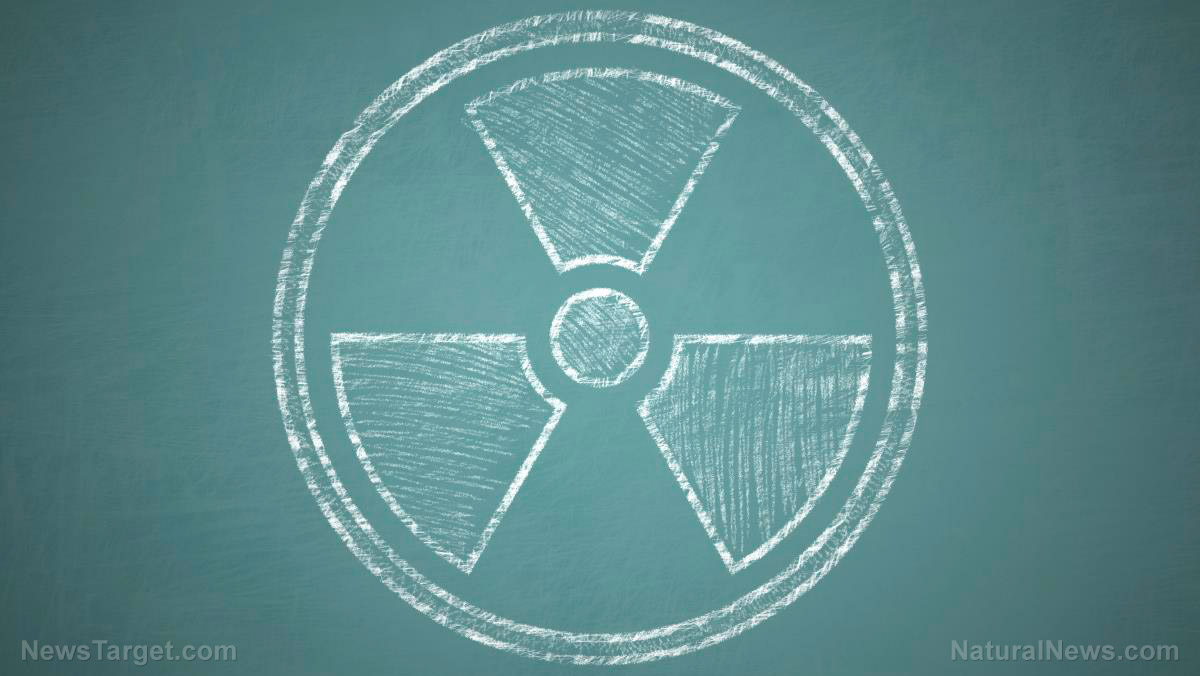Israeli officials warn Iran’s underground uranium stockpile survived U.S. strikes, may still be recoverable
- Israeli officials admit Iran’s near weapons-grade uranium survived U.S.-Israeli strikes and is now buried but still accessible at Isfahan.
- Conflicting assessments emerge as Trump claims Iran’s nuclear program was obliterated, but Israeli intelligence disputes this.
- Iran’s deep storage sites at Isfahan may still hold retrievable uranium despite bunker-busting bombs failing full penetration.
- Experts warn Iran could quickly rebuild its enrichment program, possibly dispersing it to hidden small workshops.
- Iran allegedly considered transferring a nuclear weapon to Yemen’s Houthis, escalating fears of a deliverable bomb.
A chilling admission from Israeli officials has revealed that portions of Iran’s near weapons-grade enriched uranium survived last month’s U.S.-Israeli bombing campaign against Tehran’s nuclear facilities. While Iran’s centrifuges at Natanz and Fordow sustained some damage, underground uranium stockpiles at Isfahan may still be accessible, raising the specter of a renewed nuclear threat from the Islamic Republic.
The revelation comes amid conflicting assessments from U.S. and Israeli intelligence agencies. President Trump has publicly insisted that the strikes “obliterated” Iran’s nuclear program, but Israeli officials now acknowledge that some of the uranium—enriched to 60% purity, just shy of weapons-grade—remained intact in underground storage facilities following the 12-Day War in June. Although Iran admitted the bombings caused “excessive and serious” damage, the survival of its uranium stockpile suggests Tehran’s nuclear ambitions may not be fully extinguished.
Iran’s buried uranium may still be reachable
According to a senior Israeli official who spoke anonymously to The New York Times, the U.S. bunker-busting bombs were unable to fully penetrate the deep storage sites at Isfahan, leaving portions of Iran’s uranium cache buried but likely retrievable. Satellite imagery reviewed by intelligence analysts showed trucks departing Fordow in the days preceding the attack, sparking speculation that Iran had moved uranium to other undisclosed locations. However, Trump claimed nothing was removed, arguing that the Iranians were instead reinforcing the site with concrete in a futile defense effort.
While Rafael Grossi, director of the International Atomic Energy Agency (IAEA), suggested that Iran may have relocated uranium before the strikes, Israeli intelligence disputes this claim. Their assessment warns that any attempt by Tehran to recover the remaining stockpile would likely be detected, prompting further military action.
David Albright, a U.S. weapons expert, believes Iran is already conducting engineering surveys of the damage at Fordow, possibly preparing to resume enrichment activities.
The Israeli official described an alarming acceleration in Iran’s nuclear ambitions following the assassination of Hezbollah leader Hassan Nasrallah last fall. Intelligence reportedly indicated that Tehran considered transferring a nuclear weapon enriched to 90% purity to Yemen’s Houthi rebels for potential use against Israel. Such a move, if true, would confirm fears that Iran’s regime is actively pursuing a deliverable bomb despite international sanctions and military deterrence efforts.
Israel’s military response, backed by the Trump administration’s Operation Midnight Hammer, successfully crippled Iran’s centrifuges, which are critical machinery used to enrich uranium. Yet experts caution that Tehran could reconstitute its program in a matter of months if it repairs or replaces damaged equipment.
“The country is going dark,” warned Ray Takeyh of the Council on Foreign Relations. “I think where we are headed is that the next phase of Iranian proliferation will be the dispersal of the effort around the country into a large number of small workshops. What the Iranians have learned is that even something you put in a mountain can be bombed.”
A lingering nuclear threat
Despite Trump’s triumphant declarations, the reality is more complex. While U.S. and Israeli forces inflicted severe damage to Iran’s infrastructure, the survival of buried uranium, combined with Tehran’s expulsion of IAEA inspectors, signals a dangerous game of cat-and-mouse.
Sources for this article include:
The-Sun.com
NYTimes.com
NYPost.com
Read full article here


